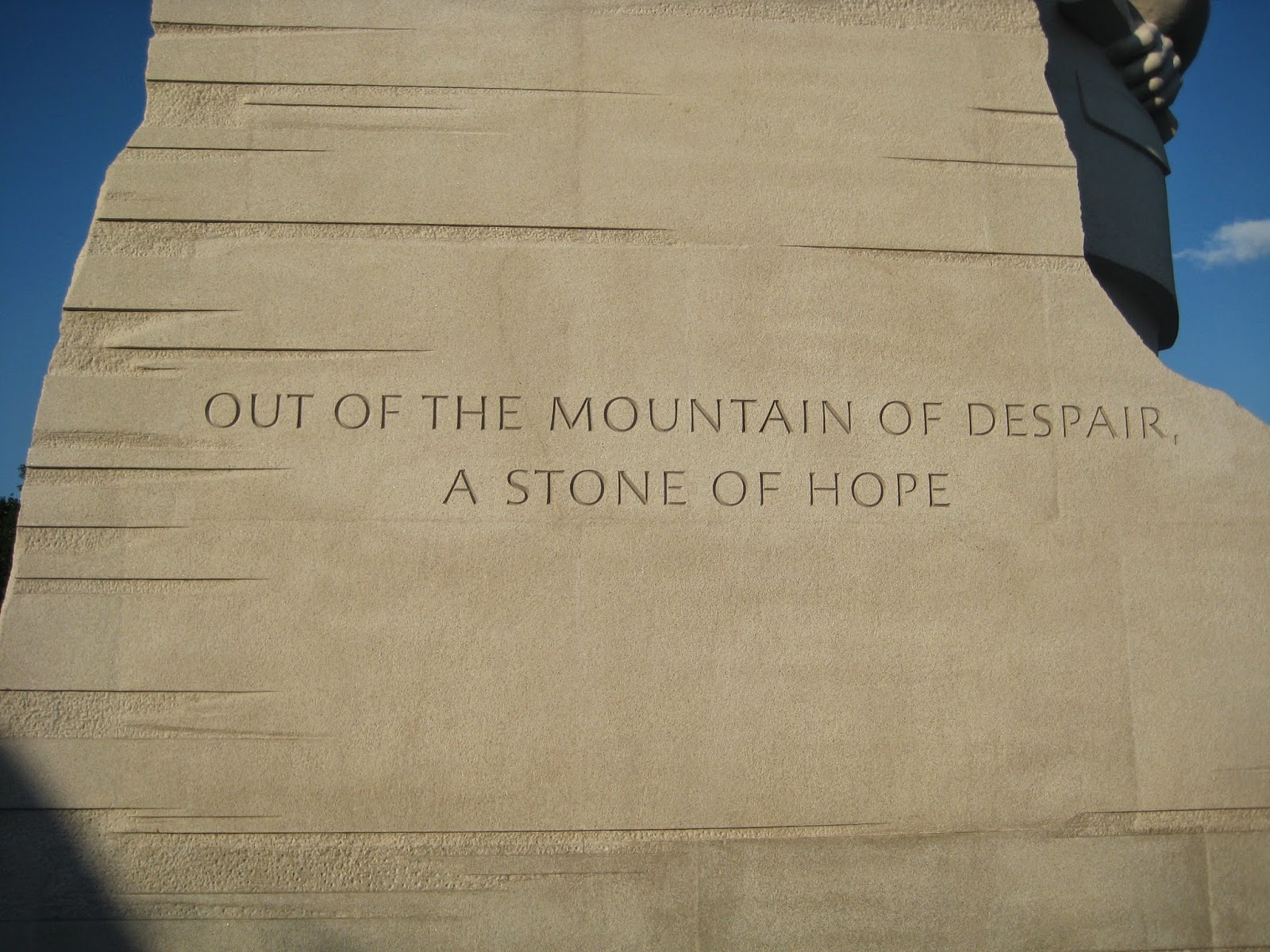The
Dumbarton name turns up in a number of places in Georgetown and it has a
Scottish connection. In 1703 a tall red-haired Scotsman, Ninian Beall was
granted nearly 800 acres in Maryland by the Assembly for his efforts in helping
protect the colonists against the Indians. He decided to call the land, some of
which now makes up Georgetown, the Rock of Dumbarton, after an area near his
home in Scotland. Dumbarton Oaks, nearby in Georgetown, is a research library,
museum and garden run by the Trustees for Harvard University.
 |
| Dumbarton House, Washington DC |
Dumbarton House is a historic house museum that is also the headquarters for the National Society of the Colonial Dames of America. In 1799 Samuel Jackson built the
Federal style house, which was then sold to Joseph Nourse, one of America’s
first career civil servants, in 1804.
The next owner Charles Carroll hosted Dolley Madison for a short time
when the British marched on Washington in 1814.
Later in
1915, the house had to be moved about 100 feet north because of the building of
the Dumbarton Bridge and connecting it to the street in Georgetown. Dumbarton House was opened as a museum to the
public in 1932.
The current
entrance to the house has been created by joining the separate kitchen to the front
east side of the house. There’s a front desk and some displays with information
about the early owners of the house.
Tours are
self-guided and the first floor rooms are beautifully furnished with period
pieces. This includes a 1791 Charles Wilson Peale painting of Navy Secretary’s Benjamin
Stoddard’s three children. The setting was not far away in Georgetown and in
the background is the Potomac River and what is now called Roosevelt Island.
It’s one of the earlier artistic depictions of Georgetown. There’s a handout
available at the front desk with more information about the furnishings and the
staff is very helpful with answering questions about the house and its history.
The upstairs
rooms are used for exhibit space. One is dedicated to the history of the
Colonial Dames, and currently there is one on the War of 1812 with a dress that
belonged to Dolley Madison and in another room artwork of several generations
of the Nourse family.
The
architects in the Federal period had an interest in circles and ovals and this
idea shows up on the back side of Dumbarton House. The rooms on the back side
of the house actually bow out. This is plainly obvious when looking at the back
side of the house from the yard where the brick walls clearly curve out on both
sides of the symmetrical design.
Dumbarton
House holds numerous public programs during the year which can be viewed at the
official website.
If you don’t
live there or close by, visiting Georgetown requires making a little extra
effort, but exploring has its own rewards.
Links: Dumbarton House


